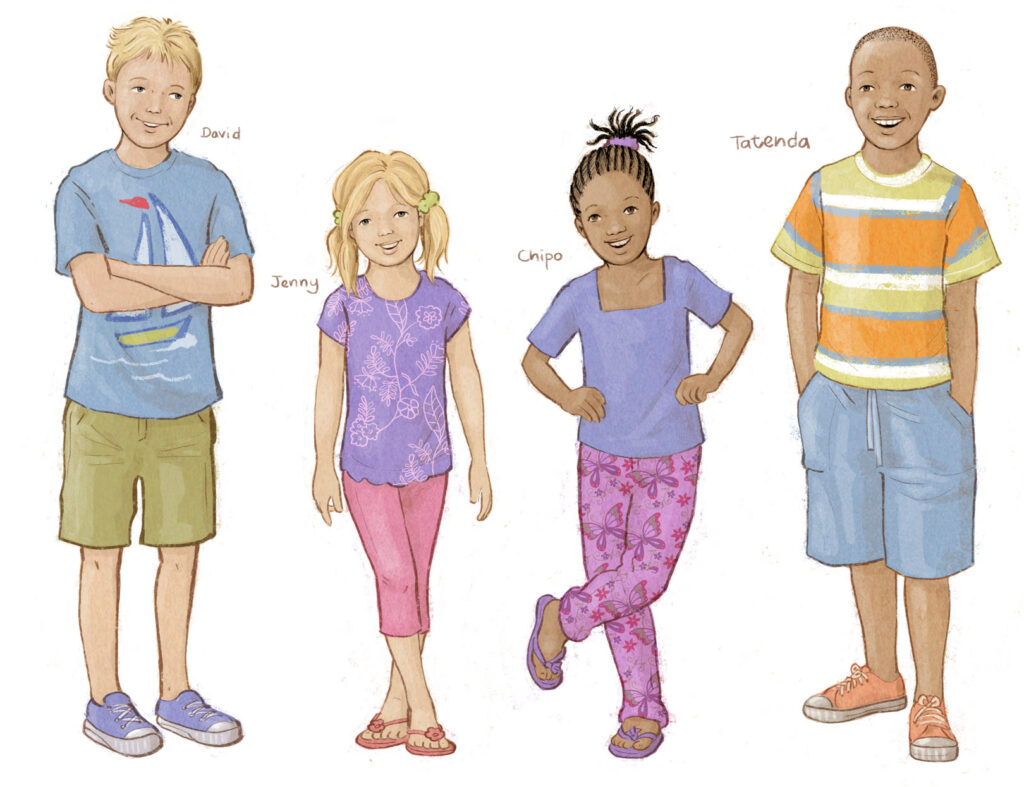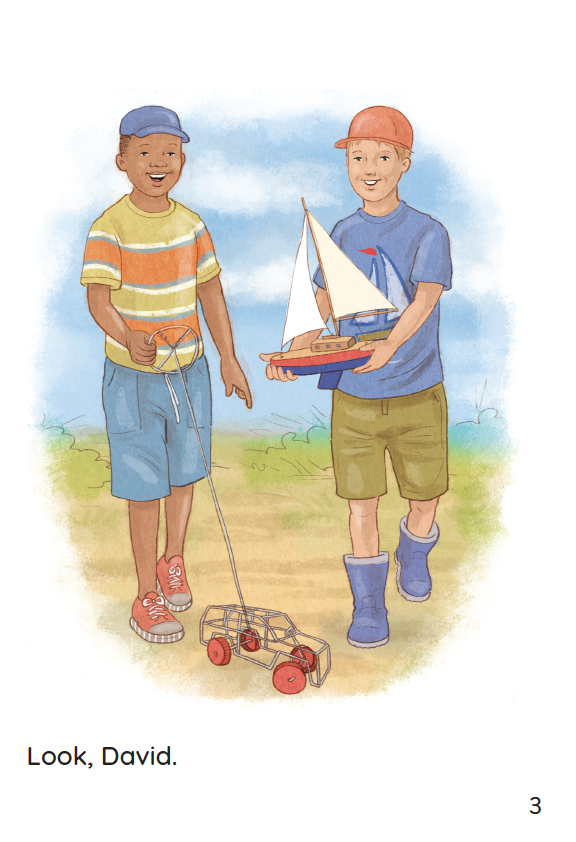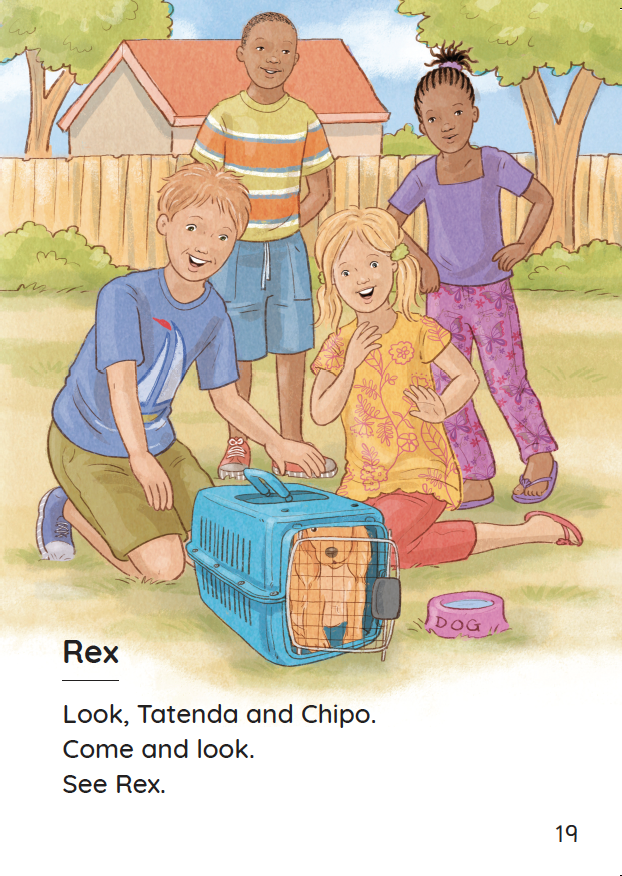The Importance of Story-Telling and Role Play

We believe learners must be actively and imaginatively engaged in the reading process as much as possible. Children love to imagine and to play, and they prepare themselves for the future as they act out various scenarios. Empathy work is valuable as learners have to think for others.
You will find a PDF of cut-out characters of the Sunrise Readers below. Print these characters on card, laminate them, cut them out and stick them onto a lolly stick! Now you are ready to go. Learners will lose all self-consciousness as they use their cut-out character to act out the story they have just read.
Role play works best with two or more children, but using the cut out characters gives individuals the opportunity to “act out” all of the different parts.
What can you do with the cut out characters?


- Re-tell the story:
- Always use “Picture Power” first – studying the pictures, using “Who? What? Where? Why? and How? questions to draw out the details. At this early stage in the reading process, the pictures say more than the words do!
- Then read the story – either together in shared reading, or – with a confident learner, have them read to you. Go back to the first picture/page. Decide who is talking, and use the cut-out characters to act out the story. For the story, Rex, on page 19, either David OR Jenny can be talking. Or both!
- The children use the cut out characters to act out the story. They may use slightly different words from the text to express themselves. This shows that the learners have understood the story.
- Characterisation: In Sunrise Readers Book 1, Friends, from page 3, learners have to study the picture and determine who is speaking!
- This is not easy! Talk about every picture in detail with the learners. Who is in this picture? What are they doing? What is Tatenda’s toy? What is David’s toy? I wonder where they might be going today? What do you think? Teacher or homeschooling parent will have to discuss who is speaking with the learner! Clearly, on page 3, (see above) Tatenda is saying, “Look, David.” On page 5, (see above) David is saying: “Look, look. Oh look, Tatenda!”
2. Empathy Work and Thinking Skills:
- Remember to use prediction skills! Ask the learner, “What do you think is going to happen next?” Or: Once you have finished the story: What would YOU have done? What MIGHT have happened if ..?
- Empathy and evaluation skills too, to engage the learner with the content. “Would YOU like to have a pet like Rex? Why or why not?”


I am applying for the above position with your company as it is a role I can perform exceptional well to a high
We regret we are not offering any employment at present. Best wishes.
MY CHILD IS STRUGLING TO READ HOW BEST CAN I ASSIST HIM AND STOP HIM FROM CRAMMING
I believe we have been communicating on WhatsApp. If your child is in Grade One, we recommend you use our Learner’s Kits to build a solid foundation in learning to read and write. The Parent’s/Teacher’s Guides are accessible as ebooks – free downloadable online. They give you a day by day lesson plan for each page in the workbooks. You and your child will enjoy the activities together. Our Teacher’s Manual (for the whole scheme) is also available on this website – along with numerous activities and games for you to play with your child. We have had excellent feedback already from people who are using the Learner’s Kits, even with older children.
As mentioned on WhatsApp – SchoolBooks4Africa in Harare has stock of the Learner’s Kits. Please contact them on +263 787 975 804 ot visit them at Block E Emerald Office Park 30 The Chase Emerald Hill Harare. We have plenty of stock if you reside in South Africa. WhatsApp +27 63 231 4561. Very best wishes, and well done for actively participating in your child’s learning to read!